Comparing Your Industrial Restoration Options:
Professional Restoration Services Vs. DIY
Say an unexpected burst pipe floods your manufacturing floor, or a fire halts production lines without warning.
Comparing Your Industrial Restoration Options:
Say an unexpected burst pipe floods your manufacturing floor, or a fire halts production lines without warning.
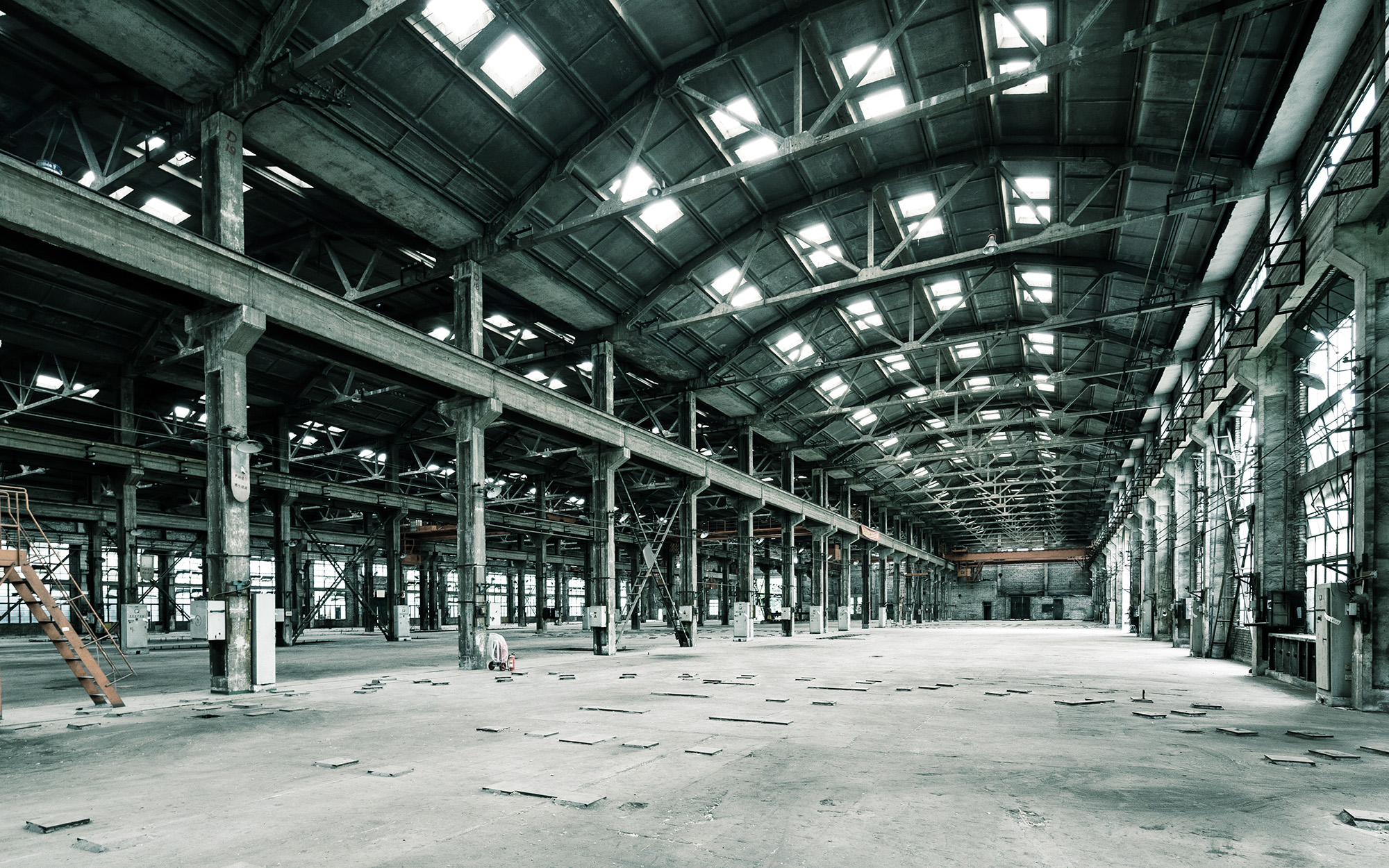
In moments like these, the clock is ticking, and your facility’s downtime can translate into a huge financial setback. The real question is whether to rely on your in-house team or bring in seasoned restoration specialists. Understanding the pros and cons of each approach can help you make a decision that not only solves the immediate issue but also safeguards your facility’s future.
When disaster strikes, the stakes are higher in industrial settings than they might be in smaller commercial or residential properties. An issue that seems minor can ripple through your entire operation, turning one incident into days—or even weeks—of lost productivity. Dealing with water, fire, or structural damage is rarely simple when large machinery, complex utility lines, and safety protocols are involved. If the restoration work drags on or fails to address every detail, it can leave lingering problems that show up later in the form of mold, corrosion, or structural instability.
Even if you have a capable in-house maintenance department, there’s often a difference between routine upkeep and large-scale disaster recovery. While your team might excel at day-to-day repairs, they could run into challenges when faced with massive flooding, extensive fire damage, or hazardous material cleanup. Often, specialized tools and training are necessary to manage and document the recovery in a way that meets industry regulations and insurance requirements.
Relying on an in-house approach can be tempting if you’ve got a strong maintenance team, particularly if you’re looking at possible short-term cost savings. Internal employees are already familiar with your facility’s layout and procedures, which may allow them to act quickly and without the scheduling hurdles that come with hiring an external provider. When you’re working with a tight budget or if the damage appears minimal at first glance, going the DIY route can seem like the simplest solution.
However, the reality is that large-scale restoration often demands more manpower, training, and equipment than your everyday toolbox or maintenance staff can handle. Heavy-duty dehumidifiers, industrial air scrubbers, and advanced moisture detection tools are usually necessary for a comprehensive job, especially when water damage spans large areas or when hazardous materials have been disrupted. Beyond the sheer complexity of equipment, industrial facilities must also navigate a web of compliance regulations. An internal team may not have the specialized knowledge to fulfill every safety requirement or document each step to the standard insurance carriers expect.
Another factor is that your employees may still be busy with their usual tasks. Adding a large-scale restoration project to their workload could pull them away from critical daily operations, causing additional disruptions. Although relying on your in-house staff might appear cost-effective upfront, the hidden expenses of downtime, extended repairs, and possible regulatory penalties can exceed any short-term savings.
Bringing in professional disaster recovery for your industrial facility means you’re getting people who have tackled countless crisis scenarios before. These are trained specialists who understand that industrial facilities are a complex ecosystem of specialized machinery, safety protocols, and time-sensitive production lines. They arrive with advanced equipment designed for large-scale cleanups, whether you’re dealing with standing water, smoke and soot damage, or the aftermath of a structural collapse.
Professional restoration companies also tend to offer round-the-clock availability. They mobilize quickly, assess the situation thoroughly, and then prioritize each step to keep downtime to a minimum. You get a clear plan of action that explains which areas need immediate attention, what safety measures are in place, and how the team will restore critical parts of the facility first. Because they bring extra personnel if needed, they can often finish jobs much faster than an internal team juggling day-to-day duties.
Compliance is another significant advantage. Professional restorations services typically follow strict guidelines from organizations like OSHA and the EPA, ensuring that the site remains safe for employees and visitors. They have processes for containing hazardous materials, preventing cross-contamination, and disposing of waste according to legal requirements. Along with that, documentation is meticulously kept, offering you proof of every step taken should an inspector or insurance representative ever need the details.
This level of transparency can be tough to match if your in-house team isn’t versed in restoration-specific regulations.
Looking to strengthen your facility’s ability to handle disasters effectively? Explore Ironclad’s industrial construction solutions below to learn how we can help you stay compliant, limit downtime, and protect your operation’s future.
Money is often the biggest factor when deciding between hiring professional restoration services or relying on in-house teams. It’s easy to assume that bringing in professionals will cost more because of crew fees and specialized equipment. However, a closer look at the full picture can shift your perspective:
When you consider the combined impact of faster recovery, reduced compliance risks, and smoother insurance claims, the overall value of hiring professional standard or emergency restoration services becomes easier to see.
While immediate cleanup efforts are critical, long-term outcomes should also shape your decision. Restoration is not just a one-and-done activity. If the job isn’t handled correctly the first time, the hidden damage can surface later, turning into mold outbreaks, structural weaknesses, or ongoing mechanical failures.
Professional restoration services use advanced detection tools to locate issues that are often invisible to the naked eye. This thorough approach cuts down on the chance you’ll be dealing with secondary problems a few months down the road.
While your employees might be great at routine maintenance, they may not have the resources or time to handle an extensive cleanup and rebuild process on top of everything else. By delegating the hard parts to skilled restorers, your staff can keep production moving where possible and return to full capacity faster.
Every facility is unique, from the type of equipment on the floor to the regulations that govern the work environment. Some smaller incidents might be handled internally with little risk, especially if your in-house team has a good handle on the situation. But larger-scale disasters or any situation involving specialized cleanup and compliance concerns almost always benefit from professional involvement.
In the end, it comes down to weighing speed, safety, regulatory compliance, and future repairs against any savings you might get by sticking to an internal solution. By thinking through all these elements—rather than focusing solely on short-term costs—you’re more likely to choose an approach that protects your facility’s well-being in the long run.
Wondering if professional restoration services are the right fit for your industrial facility? Reach out today to talk with the experts at Ironclad Services. Our team understands the challenges of large-scale disaster recovery and can help you create a plan that preserves safety, limits downtime, and protects your bottom line. Don’t leave your restoration needs to chance—connect now to ensure you’re ready for any crisis that comes your way.
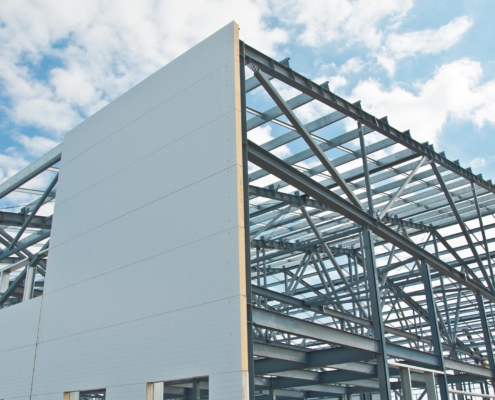 https://www.ironcladservices.com/wp-content/uploads/2025/06/Industrial-building-under-construction.jpg
1250
2000
Abstrakt Marketing
/wp-content/uploads/2022/11/IroncladlogoBW-300x74.png
Abstrakt Marketing2025-06-09 17:18:272025-06-09 17:18:3210 Key Industrial Restoration Service FAQs
https://www.ironcladservices.com/wp-content/uploads/2025/06/Industrial-building-under-construction.jpg
1250
2000
Abstrakt Marketing
/wp-content/uploads/2022/11/IroncladlogoBW-300x74.png
Abstrakt Marketing2025-06-09 17:18:272025-06-09 17:18:3210 Key Industrial Restoration Service FAQs https://www.ironcladservices.com/wp-content/uploads/2025/06/Construction-workers-in-industrial-facilities.jpg
1250
2000
Abstrakt Marketing
/wp-content/uploads/2022/11/IroncladlogoBW-300x74.png
Abstrakt Marketing2025-06-09 11:37:202025-06-09 11:37:2510 Key Industrial Restoration Service FAQs
https://www.ironcladservices.com/wp-content/uploads/2025/06/Construction-workers-in-industrial-facilities.jpg
1250
2000
Abstrakt Marketing
/wp-content/uploads/2022/11/IroncladlogoBW-300x74.png
Abstrakt Marketing2025-06-09 11:37:202025-06-09 11:37:2510 Key Industrial Restoration Service FAQs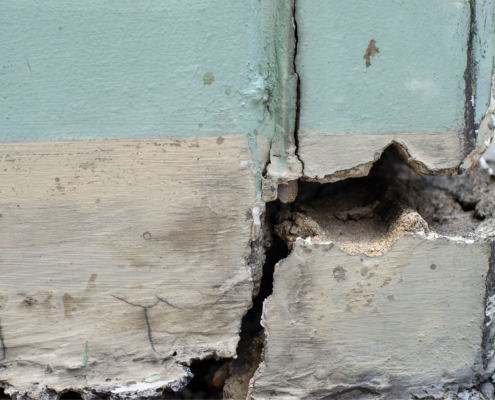
 https://www.ironcladservices.com/wp-content/uploads/2025/05/exterior-of-a-modern-small-office-building.jpg
1250
2000
Abstrakt Marketing
/wp-content/uploads/2022/11/IroncladlogoBW-300x74.png
Abstrakt Marketing2025-05-22 16:47:532025-05-22 16:47:57A Guide to Commercial Building Emergency Response Plans
https://www.ironcladservices.com/wp-content/uploads/2025/05/exterior-of-a-modern-small-office-building.jpg
1250
2000
Abstrakt Marketing
/wp-content/uploads/2022/11/IroncladlogoBW-300x74.png
Abstrakt Marketing2025-05-22 16:47:532025-05-22 16:47:57A Guide to Commercial Building Emergency Response Plans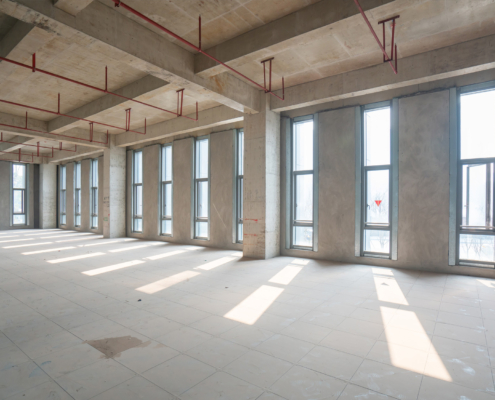
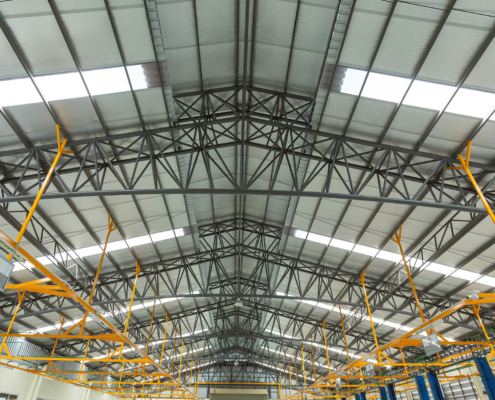 https://www.ironcladservices.com/wp-content/uploads/2025/04/10-Key-Industrial-Restoration-Service-FAQs.jpg
1250
2000
Abstrakt Marketing
/wp-content/uploads/2022/11/IroncladlogoBW-300x74.png
Abstrakt Marketing2025-04-18 08:31:592025-04-18 08:32:0210 Key Industrial Restoration Service FAQs
https://www.ironcladservices.com/wp-content/uploads/2025/04/10-Key-Industrial-Restoration-Service-FAQs.jpg
1250
2000
Abstrakt Marketing
/wp-content/uploads/2022/11/IroncladlogoBW-300x74.png
Abstrakt Marketing2025-04-18 08:31:592025-04-18 08:32:0210 Key Industrial Restoration Service FAQs https://www.ironcladservices.com/wp-content/uploads/2025/03/How-Ironclad-Provides-Emergency-Industrial-Restoration-Services-After-Disasters.jpg
1250
2000
Ike Oji
/wp-content/uploads/2022/11/IroncladlogoBW-300x74.png
Ike Oji2025-03-28 15:17:062025-06-06 11:34:50Why Disaster Recovery Is Complicated for Large Operations
https://www.ironcladservices.com/wp-content/uploads/2025/03/How-Ironclad-Provides-Emergency-Industrial-Restoration-Services-After-Disasters.jpg
1250
2000
Ike Oji
/wp-content/uploads/2022/11/IroncladlogoBW-300x74.png
Ike Oji2025-03-28 15:17:062025-06-06 11:34:50Why Disaster Recovery Is Complicated for Large Operations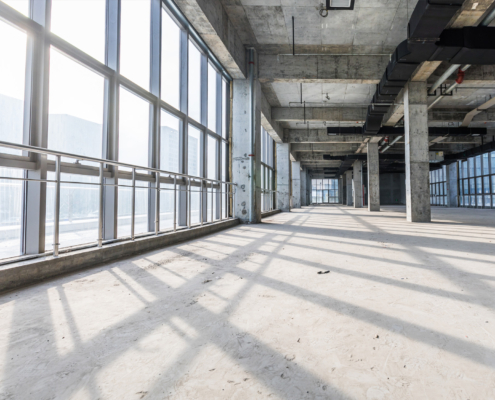 https://www.ironcladservices.com/wp-content/uploads/2025/03/Fire-Damage-Restoration-Identifying-and-Preventing-Industrial-Fire-Risks.jpg
1250
2000
Abstrakt Marketing
/wp-content/uploads/2022/11/IroncladlogoBW-300x74.png
Abstrakt Marketing2025-03-27 13:31:382025-03-27 13:31:42The Most Common Causes of Fire in Industrial Facilities
https://www.ironcladservices.com/wp-content/uploads/2025/03/Fire-Damage-Restoration-Identifying-and-Preventing-Industrial-Fire-Risks.jpg
1250
2000
Abstrakt Marketing
/wp-content/uploads/2022/11/IroncladlogoBW-300x74.png
Abstrakt Marketing2025-03-27 13:31:382025-03-27 13:31:42The Most Common Causes of Fire in Industrial Facilities https://www.ironcladservices.com/wp-content/uploads/2025/03/Restoration-Services-Recovery-Timeline-How-Long-Does-It-Take-to-Get-a-Business-Back-to-Normal.jpg
1250
2000
Abstrakt Marketing
/wp-content/uploads/2022/11/IroncladlogoBW-300x74.png
Abstrakt Marketing2025-03-27 13:25:462025-03-27 13:26:39How Long Does It Take to Return to Business?
https://www.ironcladservices.com/wp-content/uploads/2025/03/Restoration-Services-Recovery-Timeline-How-Long-Does-It-Take-to-Get-a-Business-Back-to-Normal.jpg
1250
2000
Abstrakt Marketing
/wp-content/uploads/2022/11/IroncladlogoBW-300x74.png
Abstrakt Marketing2025-03-27 13:25:462025-03-27 13:26:39How Long Does It Take to Return to Business?Phone
413.693.1371
Ironclad Services is a full-service commercial construction contractor headquartered in Springfield, Massachusetts. We bring the same level of precision, safety, craftsmanship, and quality to private sector projects large and small as we do the federal contracting work that our reputation was built on.

 Reviewing the Key Steps in the Commercial Building Restoration Process
Reviewing the Key Steps in the Commercial Building Restoration ProcessThis site uses cookies. By continuing to browse the site, you are agreeing to our use of cookies.
AcceptLearn moreWe may request cookies to be set on your device. We use cookies to let us know when you visit our websites, how you interact with us, to enrich your user experience, and to customize your relationship with our website.
Click on the different category headings to find out more. You can also change some of your preferences. Note that blocking some types of cookies may impact your experience on our websites and the services we are able to offer.
These cookies are strictly necessary to provide you with services available through our website and to use some of its features.
Because these cookies are strictly necessary to deliver the website, refusing them will have impact how our site functions. You always can block or delete cookies by changing your browser settings and force blocking all cookies on this website. But this will always prompt you to accept/refuse cookies when revisiting our site.
We fully respect if you want to refuse cookies but to avoid asking you again and again kindly allow us to store a cookie for that. You are free to opt out any time or opt in for other cookies to get a better experience. If you refuse cookies we will remove all set cookies in our domain.
We provide you with a list of stored cookies on your computer in our domain so you can check what we stored. Due to security reasons we are not able to show or modify cookies from other domains. You can check these in your browser security settings.
We also use different external services like Google Webfonts, Google Maps, and external Video providers. Since these providers may collect personal data like your IP address we allow you to block them here. Please be aware that this might heavily reduce the functionality and appearance of our site. Changes will take effect once you reload the page.
Google Webfont Settings:
Google Map Settings:
Google reCaptcha Settings:
Vimeo and Youtube video embeds:
